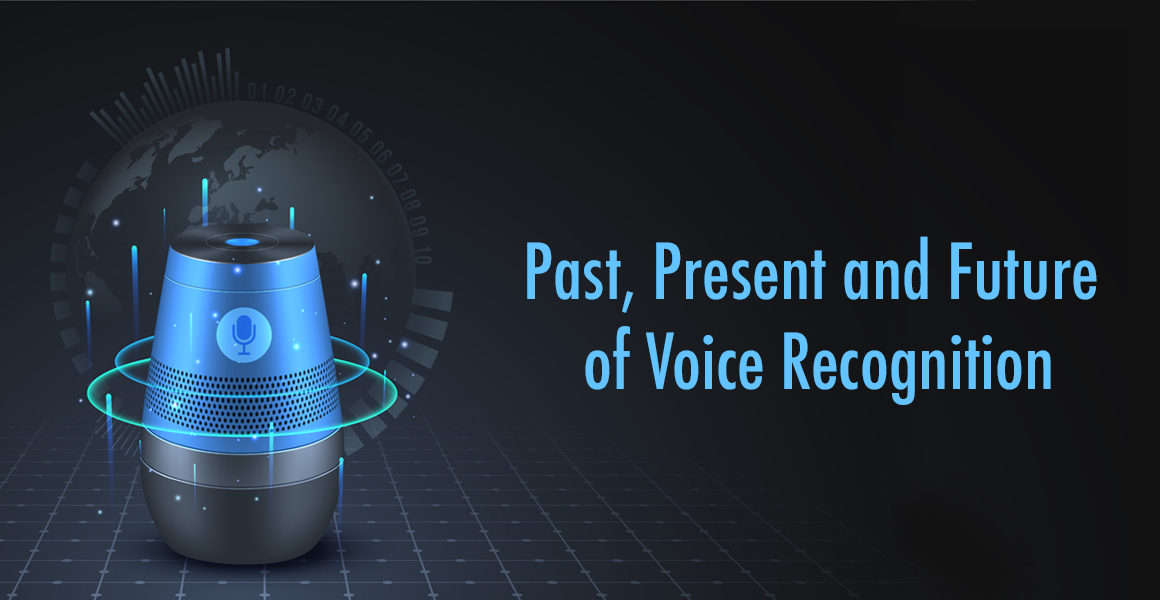Past, Present and Future of Voice Recognition
Did you know that the first voice recognition software was built in the 1952 by Bell Laboratories? Bell’s speech recognizer was built by Davis, Biddulph, and Balashek and could only identify strings of digits but was said to be very accurate. In 1962 the technology was able to recognize 16 words. We have come a far way since then and aren’t even close to done. Speech recognition technology is said to be a key component of marketing in the next couple of years.
This past week, a Philadelphia Keynote Speaker, Greg Offner Jr. posted a video about how he was looking at something on social media, paused for a second and the next day that store’s catalog showed up on his doorstep. He also mentioned that he can hear better while in the car with his wife, and a hearing aid postcard came to him in the mail a few days later. Marketing departments are already using and implementing voice and AI into their plans. The writing is on the wall. Juniper Research estimates there will be 8 billion digital voice assistants by 2023, according to research released this past February. A Tech Crunch article also revealed that over a quarter of US adults now own a smart speaker. An NPR research study stated that 29% of smart speaker owners that responded to their survey, stated that they use their smart speaker multiple times a day.
What does this mean?
Well, for consumers, it means change; change in the way we experience shopping and purchasing, especially when you are home and smart devices can pick up on everything you say. I can picture it now, maybe if I say “Tesla” a bunch of times near my smart device, my wife will get a bunch of advertisements for a Tesla, and maybe she’ll buy me one! Worth a try, right?
For marketing teams, this means a race to see who can execute the collection of data and who can retarget the quickest to get in front of the consumer. Big data has always been a key component of a successful strategy, but now it’s coming from another outlet.
There is a whole other element of voice recognition, which is when the customers intentionally use a device for convenience. Expect retailers to integrate voice so that customers can simply purchase anything and everything. I picture it being something like this, “Alexa, order me item 11553 from Polo in large”. Alexa will read it back to confirm and voilà! Your item is now on the way. Or maybe it will be smart enough to understand, “Order me a men’s Ralph Lauren Polo in white size large”. We will know soon enough!
If your marketing team isn’t following voice recognition and jumping on the bandwagon, you’re already behind. Voice recognition is going to be a force in the future and marketing teams need to recognize the opportunity. Voice recognition still has a long way to go, but it seems like companies want in and are running at it at warp speed. Consumers on the other hand are a little creeped out, but will end up using and appreciating the technology.
To learn more about other trends click here.
INKcorporated Designs is a Creative Solution Agency based in Bucks County, right outside of Philadelphia, PA. We specialize in professional graphic design services and also offer other creative solutions. For more information visit: INKcorporatedDesigns.com.

Recent Comments